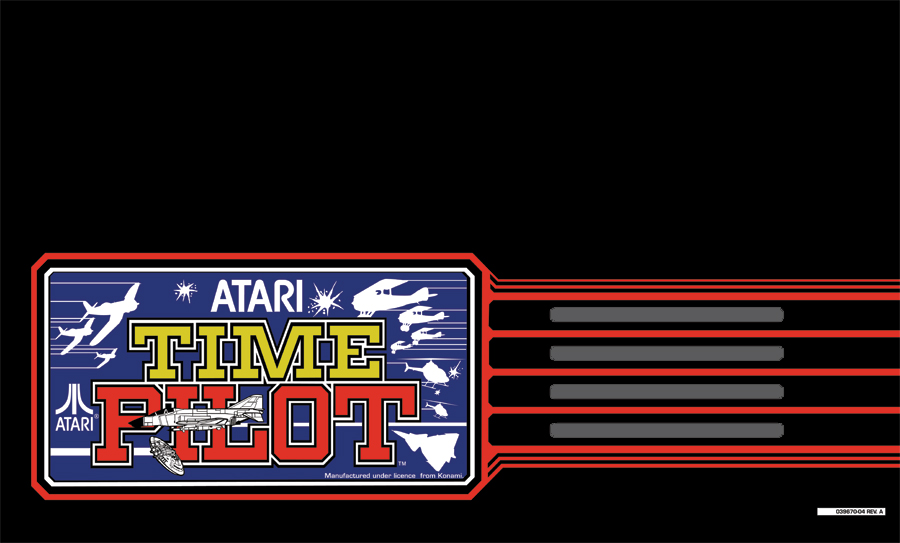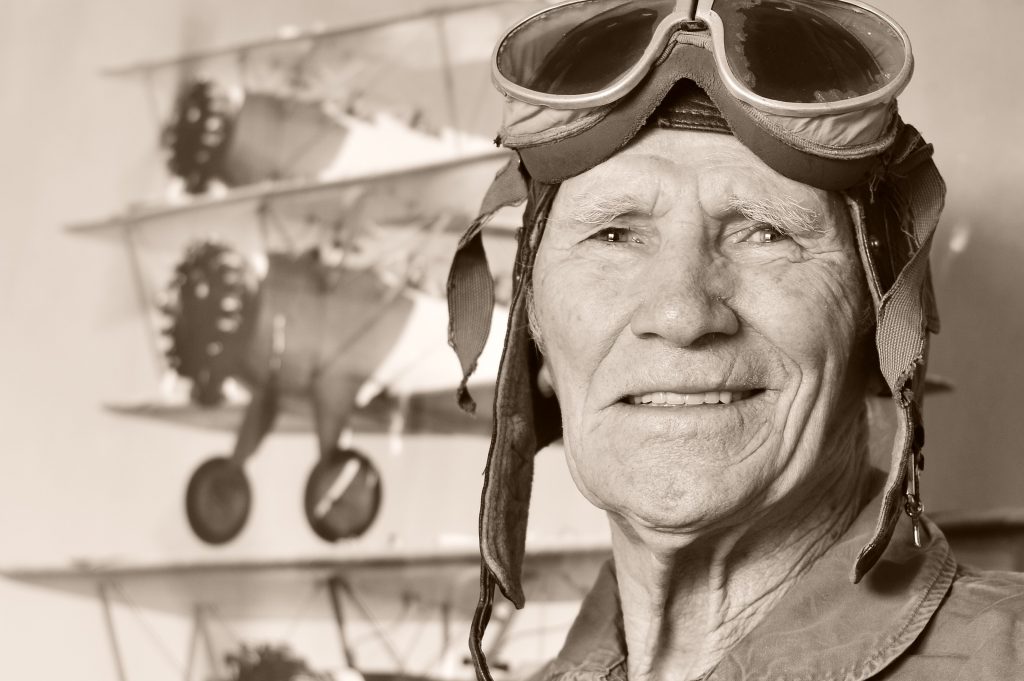

In 1950, as now, architectural historians were usually on the ground, if not deskbound. When he found an exquisite overlooked garden building lurking in shrubbery, he immediately wrote to tell the bemused inspectress of the Soane Museum, Dorothy Stroud. Stationed with the RAF near Norwich just after the war, the maverick 19-year-old flying officer Ian Nairn put his Meteor to unusual use, flying over Norfolk, seeking out unsuspected or lost buildings by the architect John Soane. John Moore, a contributor to Clough Williams-Ellis's campaigning Britain and the Beast (1937), took off in a hired Tiger Moth to describe how towns and even villages were "nibbling their way outwards … as haphazard and casually as caterpillars nibbling at a leaf … the mess creeping along the sides of all the roads that radiated from the towns". In the 1930s, preservationists fighting the remorseless spread of arterial roads and inchoate development often took to the air. The contrived words and synthetic images of these artists would come to haunt the postwar world once the terrifying aerial views of Coventry, Dresden and Hiroshima emerged, a reality far beyond even the wildest polemic of Le Corbusier or the futurists. The posturing and rhetoric, as well as the destructive energy, was essentially fascist. Aeropittura, an expression of Futurism's second generation, required "a profound contempt for detail and a need to synthesise and transfigure everything", and was epitomised by the painter-pilot Tullio Cralis's troubling image Nose-diving on the City (1939). Whole quarters of them must be destroyed and new cities made."īut it was the Italian futurists who inaugurated an artistic movement dedicated to the dynamism of the air.

In the coming years he warmed to the theme, "the airplane eye … now looks with alarm at the places where we live, the cities where it is our lot to be." That scene was an indictment, and the festering old capitals must be "extricated from their misery, come what may. Photograph: Hudson/Getty ImagesĬorb immediately grasped the potential of flight and the splendour of the aeroplane itself, as an object, but it was not until he flew over Moscow in 1929 and the next year over Rio de Janeiro, sketchbook to hand, that he saw the revelatory potential of "a vast programme of organic town-planning". The architect Le Corbusier: after looking down on 'festering old capitals' he demanded that 'whole quarters of them must be destroyed and new cities made'. Flying, and the lens it provided to the world, was the ultimate response to the modernist (and futurist) dream, providing "a new standard of measurement, a new basis of sensation" as Le Corbusier wrote. Unfortunately, several sheered through the flat roof. The company also loaned a plane from which the Bauhauslers – as the students were known – could shower presents down on Paul Klee's pristine Master's House in the woods to mark his 50th birthday. In 1926 the teachers at the Bauhaus proudly commissioned a night view of Gropius's new complex, sparkling with electricity the Junkers factory was there, in Dessau. To quite different effect, the Russian supremacist Kasimir Malevich saw the potential of the aerial view, its elements abstracted. In the first world war, Richard Carline of the Royal Flying Corps sketched the pock-marked, cratered scene at Albert from the air and then painted it. As powered flight exploded the range and tempo of our physical reach and intensified our gaze, it simultaneously gave new angles on the familiar, and offered glimpses of the entirely unfamiliar. And so, in the early 20th century, it did.

That most lyrical pioneer pilot and writer on aviation Antoine de Saint-Exupéry saw that the aeroplane itself would quickly become "a tool, like a plough".

The aeroplane delivered a deliberate overhead perspective – which were to prove invaluable to many areas of study, from cartography and defence to archaeology and aesthetics. Later, it was from a balloon basket that Felix Nadar took the first known aerial photograph, a view of Paris in 1858. It suggested military potential, and by 1794 the French revolutionary Aerostatic Corps was ready for action. In 1783 the first successful flight of a hot air balloon introduced the real, as opposed to imagined, overhead view.


 0 kommentar(er)
0 kommentar(er)
